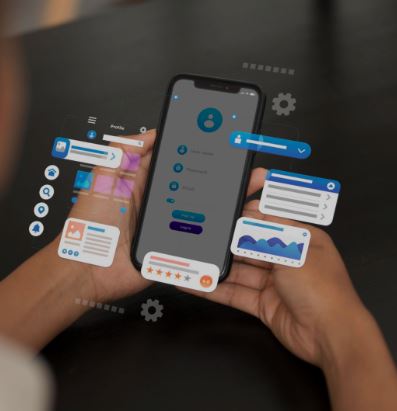In today’s rapidly evolving educational landscape, technology is doing more than just streamlining instruction—it’s transforming the way students engage with learning. Educational technology, or EdTech, plays a vital role in creating interactive environments that motivate students to participate more actively in class.
Making Lessons Interactive
Traditional lectures often leave students passive, but EdTech tools flip that model. Platforms like interactive whiteboards, real-time polling apps, and digital quizzes allow learners to respond immediately and see results on screen. This real-time feedback loop keeps students focused and eager to contribute.
Gamified learning platforms also boost interaction by turning lessons into rewarding challenges. When students earn points, unlock levels, or receive digital badges, they are more likely to stay engaged and participate in meaningful ways.
Supporting Student Voice
One of the key benefits of EdTech is its ability to give every student a voice. Digital discussion boards, collaborative documents, and classroom apps like Padlet or Flip enable quieter students to express ideas in a low-pressure format. This inclusive participation helps build classroom confidence and fosters a sense of belonging.
Teachers can also use video recording tools or response apps that let students explain their thoughts orally or visually—empowering learners with diverse communication styles.
Enabling Personalized Learning
When students feel that their learning experience is tailored to their needs, participation naturally increases. EdTech allows educators to offer differentiated activities, adaptive learning paths, and progress tracking that students can interact with at their own pace. Personalized feedback and choice-based learning keep students engaged because they feel ownership over their education.
Encouraging Collaboration
Many EdTech platforms are designed with collaboration in mind. Students can work together in shared digital spaces, whether through live documents, virtual breakout rooms, or project-based apps. This kind of peer interaction deepens understanding and keeps learners actively involved.
Moreover, collaborative tools build teamwork skills essential for future success. When students contribute to a shared goal, their participation becomes both meaningful and productive.
Real-Time Data for Better Engagement
Teachers can use EdTech to monitor student responses in real time and adjust their instruction accordingly. If a concept isn’t landing, immediate insight allows for clarification and further discussion—keeping students from falling behind and maintaining classroom energy.
Apps that track participation rates, attention span, or engagement metrics also help educators identify when and how to boost activity levels.
Conclusion
EdTech isn’t just about screens and software—it’s about creating dynamic, student-centered learning experiences. By encouraging real-time interaction, enabling student voice, personalizing content, and promoting collaboration, educational technology helps students become active, engaged participants in their own learning journey. As classrooms continue to embrace these innovations, participation is no longer a challenge—it’s the new standard.














